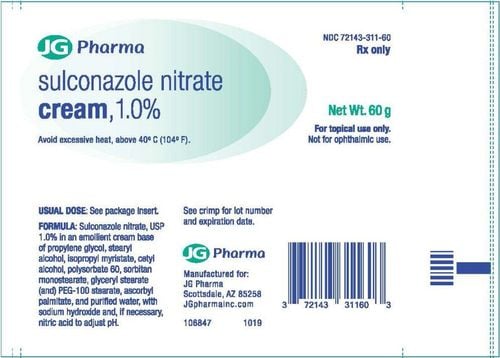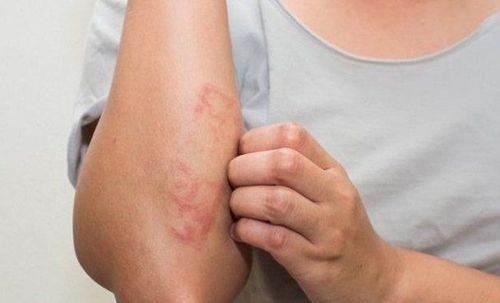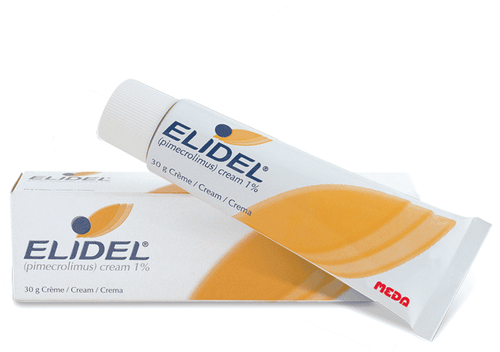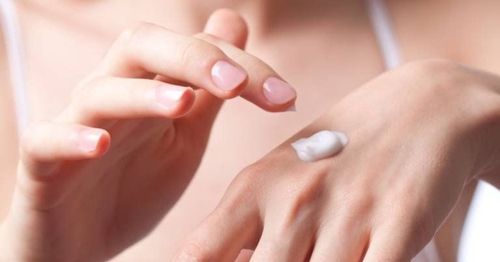This is an automatically translated article.
The article was professionally consulted by Specialist Doctor I Le Thi Thu Hang - Dermatologist, Department of Medical Examination & Internal Medicine - Vinmec Hai Phong International General Hospital. The doctor has over 12 years of experience in the field of dermatology.Atopic dermatitis is a chronic inflammatory skin disease, common in all ages. Atopic dermatitis recurs many times with the prominent symptom of a lot of itching, making the patient very uncomfortable. Atopic dermatitis usually has a childhood onset, with recurrent episodes that can last a lifetime.
1. Causes of atopic dermatitis
The cause of atopic dermatitis is the result of the interaction of many factors, including:Heredity: If one parent, or both parents have atopic dermatitis, the likelihood of having a child is affected. higher disease; Disorders of the skin barrier function: When the skin barrier - the epidermis is inflamed, it reduces the content of ceramides and affects the function of blocking and inflammatory response of the skin. In addition, it also increases water loss through the skin and increases the penetration of irritants and allergens, creating conditions for agents and bacteria to easily attack the skin, causing atopic dermatitis. response ; Climate: cold, dry weather worsens atopic dermatitis Environment: working conditions with frequent exposure to chemicals, detergents, dust... make the disease worse and relapse often more often. Abnormal immune response.
2. Symptoms of atopic dermatitis

Thickening of the skin, lichenification, desquamation; The skin is thickened and darkened, clearly distinguishing it from other skin areas; Itchy papules; Atopic dermatitis is common in large folds, palms, soles, backs of hands, feet, fingers, neck, nape, wrists and shins, severe cases can spread Body; In severe cases, there may be complications of systemic redness; After the inflammatory process, the inflamed areas of the skin may increase, decrease or lose pigmentation; For people with atopic dermatitis from a young age, the disease is often widespread; In elderly and elderly patients, the disease manifests as markedly dry skin; In addition, the patient also has other symptoms such as sore throat, asthma, allergic rhinitis and conjunctivitis of the eyes.
3. Recurrent atopic dermatitis, what to do?
First, the patient should avoid rubbing and not scratching the damaged skin; To limit the symptoms of atopic dermatitis, it is necessary to exclude and avoid contact with potentially allergenic substances; Use topical and oral anti-itch medications as prescribed and follow the doctor's treatment regimen; Apply moisturizer to prevent dry skin, avoid itching and limit recurrence. Remember, moisturizer should be used daily and for a long time, even after symptoms have subsided.
Please dial HOTLINE for more information or register for an appointment HERE. Download MyVinmec app to make appointments faster and to manage your bookings easily.














